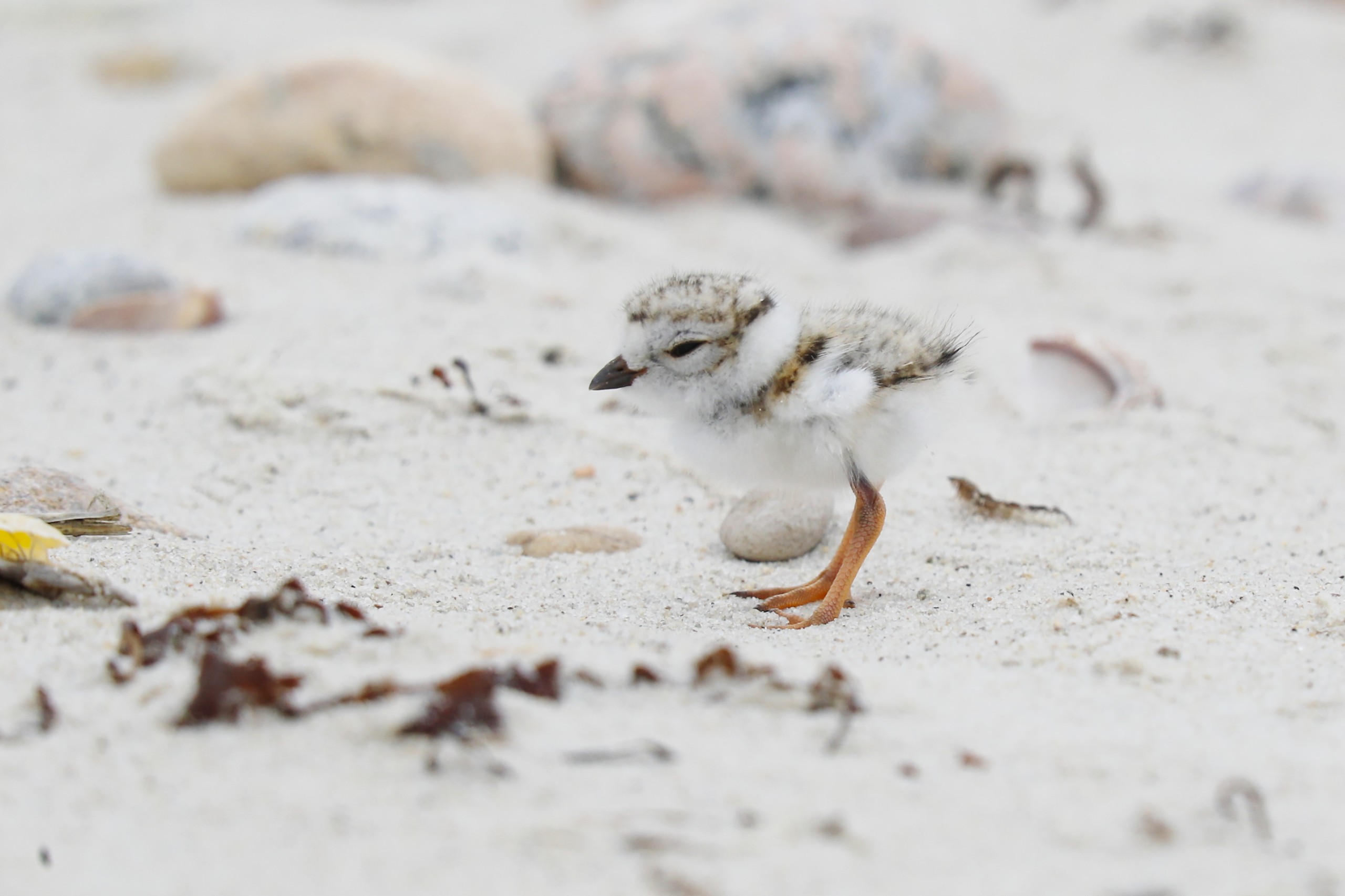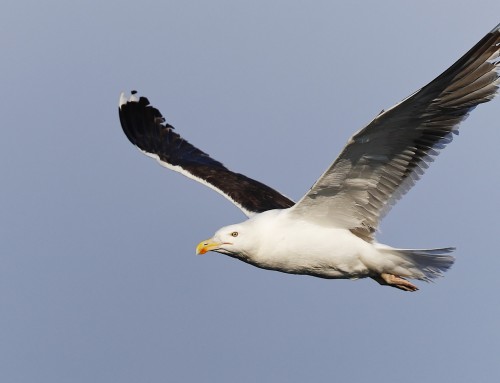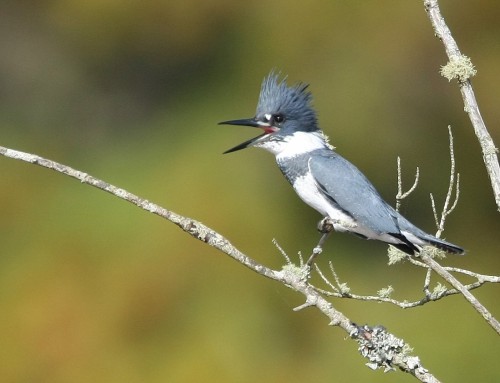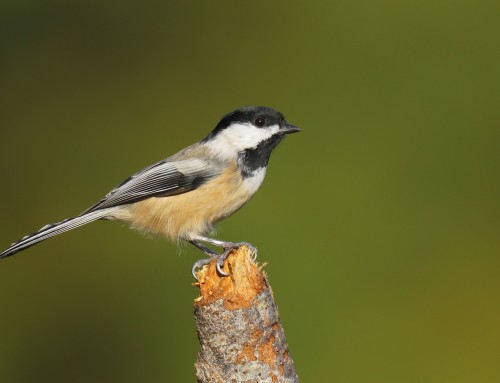May 31, 2024: During the first week after hatching, Piping Plover chicks transition from the nest to active foraging, guided by their parents. They rapidly develop foraging skills, mobility, and independence while relying on parental protection and brooding for warmth. This chick was recently seen foraging on the beach along Surf Drive.
The first week after hatching is a crucial period for piping plover chicks, as they transition from the nest to active foraging and growing. Here’s a detailed overview of what typically happens during this time:
Day 1: Hatching and Nest Departure
– Hatching: Piping plover chicks usually hatch after an incubation period of about 27-30 days. They are precocial, meaning they are born with their eyes open and are covered in downy feathers.
– Nest Departure: Within a few hours to a day after hatching, the chicks leave the nest (a shallow scrape in the sand) and begin foraging for food, guided by their parents. This early mobility helps reduce the risk of predation.
Days 2-3: Learning to Forage
– Foraging: The chicks start actively foraging for small invertebrates such as insects, marine worms, and crustaceans along the beach and in intertidal zones. They peck at the sand and small tidal pools to find food.
– Parental Guidance: Parents lead the chicks to suitable foraging areas and may brood them (keep them warm) intermittently, especially during cooler weather or at night.
Days 4-5: Increasing Independence
– Mobility: The chicks become more agile and improve their foraging skills. They are constantly moving, which helps them avoid predators.
– Communication: The chicks and parents use a variety of calls to stay in contact. The chicks respond to alarm calls from the parents by freezing or hiding.
Days 6-7: Continued Growth and Development
– Feeding and Growth: The chicks grow rapidly, gaining strength and coordination. Their diet remains the same, focusing on the abundant invertebrates in their habitat.
– Protection: Parents continue to be highly vigilant, protecting the chicks from predators such as gulls, foxes, and domestic animals. They also protect them from environmental hazards like high tides and extreme weather.
Additional Points
– Camouflage: The downy feathers of the chicks provide excellent camouflage against the sandy and pebbly beaches, making it difficult for predators to spot them.
– Energy Needs: Piping plover chicks have high energy needs due to their rapid growth and constant activity. They spend most of their time foraging to meet these needs.
– Brooding Behavior: Even though the chicks are precocial, they still depend on their parents for warmth and protection during the first week.
Overall, the first week is a period of intense learning and growth for piping plover chicks, with parental care playing a crucial role in their survival and development.






Leave A Comment
You must be logged in to post a comment.